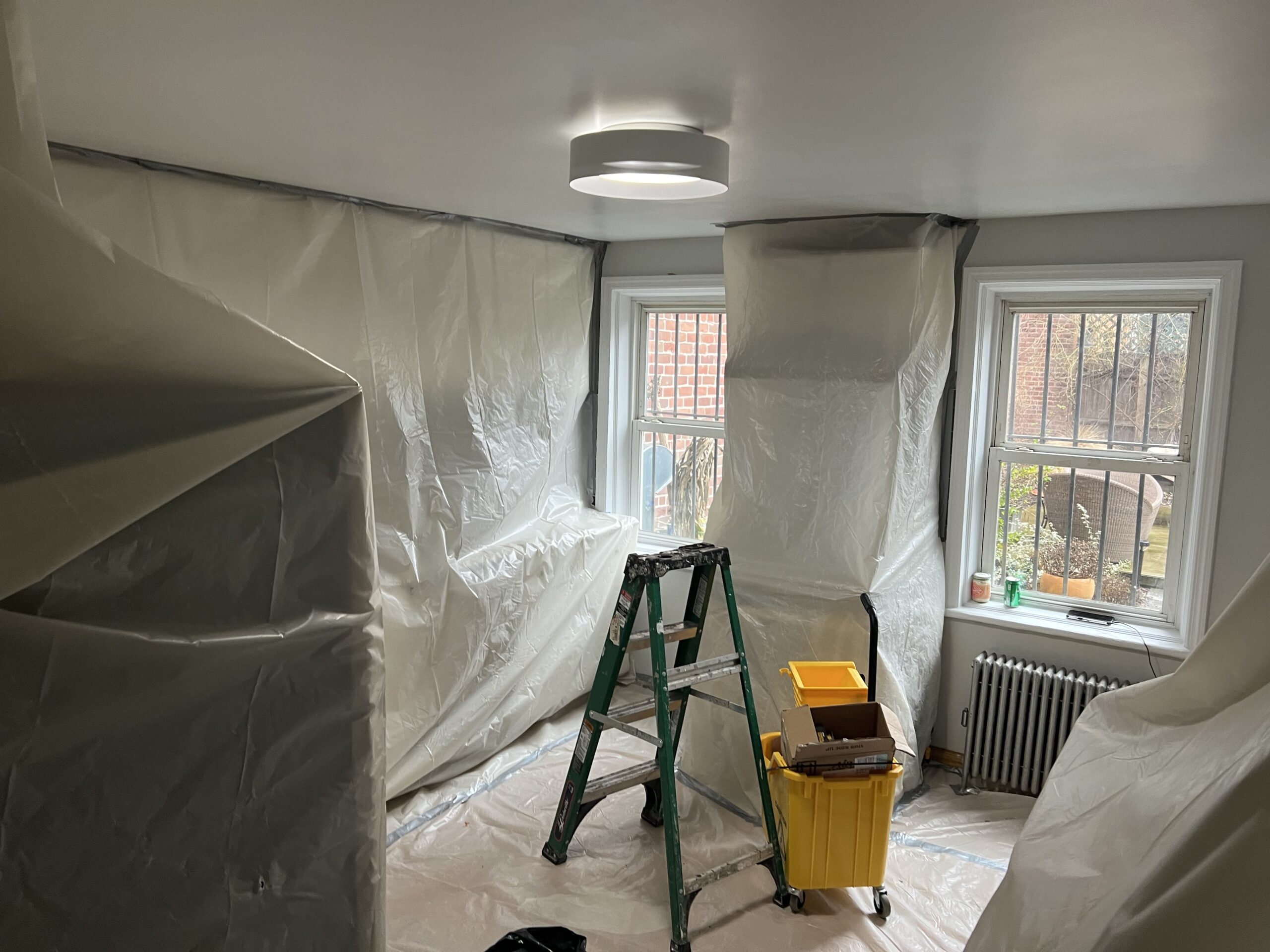Specialist Lead Violation Removal in NYC-- Secure Against Wellness Hazards
Specialist Lead Violation Removal in NYC-- Secure Against Wellness Hazards
Blog Article
Crucial Devices and Methods for Reliable Lead Offense Cleanup
Dealing with lead offenses successfully necessitates a comprehensive strategy that blends the right devices with tactical techniques. Concurrently, the usage of specialized cleanup tools, such as HEPA vacuum cleaners and lead-specific cleansing representatives, is critical for thorough contaminant removal. Reliable control techniques, including plastic sheet and unfavorable air pressure systems, are necessary to protect against the spread of unsafe products.
Individual Protective Equipment
Individual protective equipment (PPE) is an essential part in the efficient management of lead contamination clean-up. PPE acts as a vital obstacle, safeguarding workers from the harmful results of lead direct exposure, which can result in severe health effects. The vital PPE for lead clean-up includes respirators, protective clothing, gloves, and eye protection. Each kind of devices is especially made to minimize different threats connected with lead particles and dirt.
Respirators, specifically those furnished with HEPA filters, are indispensable for filtering system airborne lead particles, preventing inhalation. Protective clothes, including coveralls and disposable suits, prevents lead dirt from adhering to workers' garments, reducing the danger of additional contamination.
Moreover, rigorous training on the right use and upkeep of PPE is vital. Employees have to be enlightened on wearing and doffing procedures to prevent contamination. Normal examinations and substitutes of PPE parts are needed to maintain their safety abilities, guaranteeing a safe and compliant cleanup operation.
Specialized Clean-up Tools

One more necessary tool is the wet/dry vacuum, which can efficiently tidy up both dust and liquid contaminants. These vacuum cleaners commonly feature HEPA filters to provide an added layer of security. Wet cleans or tack towels are likewise critical for surface area cleaning; they are especially created to record and hold lead fragments, reducing the risk of spreading out contamination.
For more persistent deposits, specialized lead-removal cleaning representatives are needed. These agents are created to break down lead fragments, making them less complicated to eliminate. Scrub brushes with durable bristles can aid in this procedure, particularly on rough surfaces where lead dirt has a tendency to stick a lot more strongly.
Additionally, encapsulants are used to seal lead-contaminated surfaces, stopping the release of lead dirt. These specialized paints and finishings are developed to abide by numerous substratums, giving a long-term solution for lead control.
Efficient Containment Methods
Efficient containment techniques are essential in mitigating the spread of lead contamination throughout cleanup tasks. Applying robust control techniques makes sure that lead particles do not migrate to untouched locations, thereby securing both workers and the environment. One key technique is the use of plastic bed linen to seal contaminated zones. Heavy-duty polyethylene obstacles can be set up from flooring to ceiling to create a regulated workplace, considerably lowering the danger of airborne lead dirt dispersal.

To enhance containment, encapsulants can be used to surface areas that are not being gotten rid of or disrupted. These specialized layers bind lead dust, reducing its accessibility for resuspension. In addition, all personnel must wear proper Personal Safety Devices (PPE), consisting of respirators and disposable fits, to stop contamination spread.
Safe Disposal Practices
Making certain safe disposal practices is a crucial component in the management of lead contamination clean-up. Appropriate disposal minimizes the threat of lead coming back the setting and endangering public health and wellness (DOH & HPD Lead Violation Removal NYC).
Transporting lead waste needs adherence to stringent standards. Utilizing accredited hazardous waste service providers makes sure that the materials are taken care of sensibly. Documents, consisting of materializes outlining the kind and quantity of waste, need to accompany deliveries to track the waste from the site of beginning to its last disposal location.
Designated unsafe waste disposal facilities are geared up to take care of lead-contaminated products safely. These facilities typically use advanced methods such as stabilization, solidification, or chemical treatment to reduce the effects of the lead prior to disposal. Landfilling in specialized, lined areas that avoid leachate from contaminating groundwater is an usual practice for final disposal.
Regular training for employees associated with lead waste disposal is essential to maintain safety criteria and prevent unexpected exposure. By adhering to these practices, companies can dramatically lower the environmental and wellness influences related to lead contamination.
Regulatory Compliance Tips

Complying with regulative compliance is paramount in the successful implementation of lead contamination cleanup. Comprehending and adhering to government, state, and regional regulations guarantees not just the safety and health and wellness of people however likewise the legal and monetary health of the clean-up company. The Environmental Protection Company (EPA) establishes stringent criteria, such as the Lead Remodelling, Repair Service, and Paint (RRP) Policy, which mandates appropriate accreditation and training for professionals dealing with lead-based tasks.
Conformity begins with an extensive analysis of applicable laws and laws. Organizations must stay upgraded on any legislative modifications, which can be helped with via normal training sessions and registering for sector updates. Documents is one more vital compliance aspect; keeping thorough records of all tasks, consisting of inspection records, worker training logs, and disposal materializes, is important.
Moreover, involving with accredited lead inspectors or risk assessors makes certain that lead risks are correctly identified and reduced. Companies must apply the use of Personal Safety Equipment (PPE) and make sure that safety procedures are strictly adhered to. Transparent communication with stakeholders, including workers, customers, and regulative bodies, will promote a society of compliance and responsibility, eventually adding to a much safer pop over to this site and extra effective lead clean-up procedure.
Final Thought
Efficient lead offense cleanup demands the integration of specialized tools and strategic techniques to make certain safety and security and efficacy. Individual safety tools (PPE) safeguards workers from direct exposure, while look at this now safe disposal techniques and stringent adherence to regulative conformity are necessary for responsibly taking care of unsafe waste.
Report this page